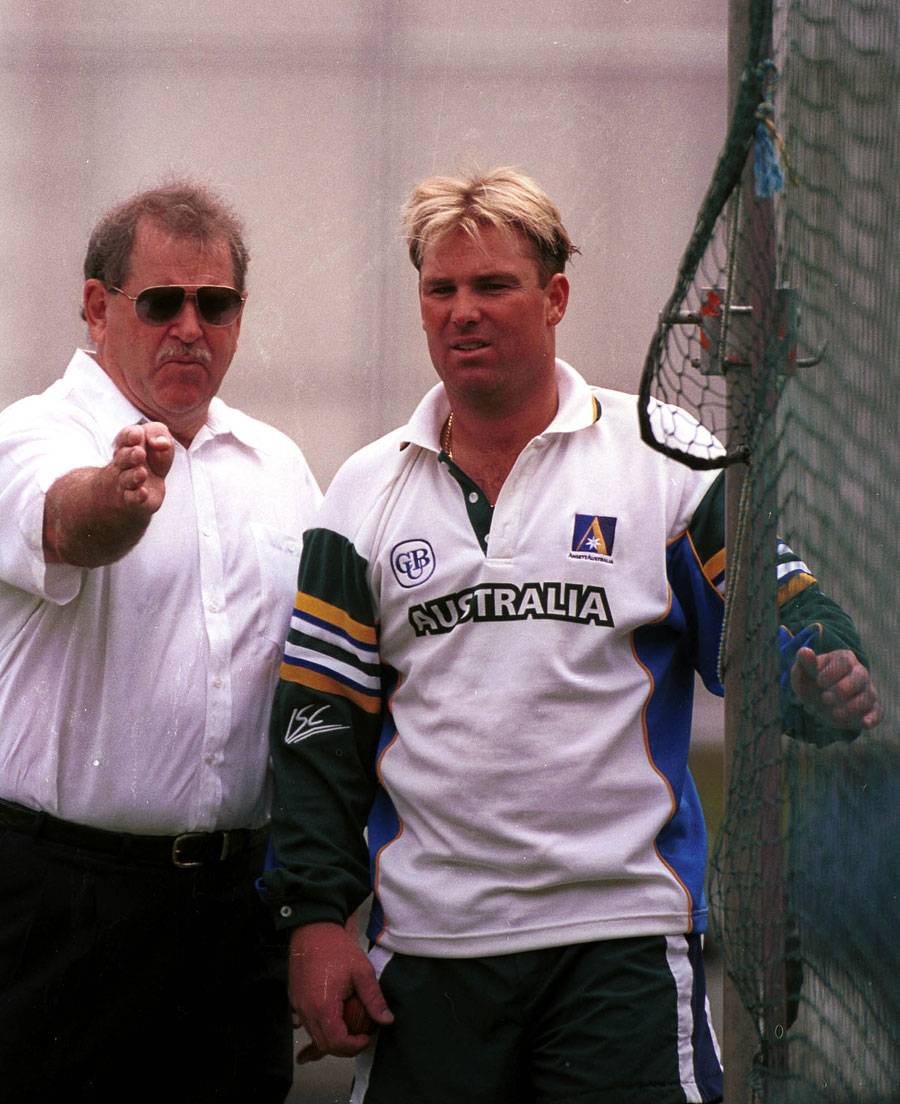When Brett Lee, my favourite pantomime villain of the 2005 Ashes series,announced his retirement from cricket, I admit I was sad. Firstly because any withdrawal of a player from the game they love is a melancholic day. The moment they hang up their boots, their career is nostalgia. The earth turns, and retirement is a marker of ageing - for players and spectators. And considering Lee was still launching missiles in the Big Bash, not forgetting his Piers Morgan rib-breakers last year, many of us were as surprised at the sudden timing.
Neither did it bode well for my first net of the year, last week. Now, I'm not for one microsecond comparing myself to Brett Lee. But as a medium-fast bowler who comes in off a full run I understand my days are numbered. This season I shall be 41. Lee is a puppyish 38, and he's already called it quits.
I was only halfway through my first ball of 2015 when I was wondering if I had marked out my run-up correctly. Surely it wasn't this far to the crease? And looking into the distance where the batsman stood, I doubted if the Lord's indoor school had got their measurements right. Although I eventually creaked into my delivery stride and that ball finally meandered the 22 yards towards the wicket, my body complained at every movement - that night, the next morning, and still now, nearly a week later I feel like the Tin Man from The Wizard of Oz.
So is it time to start my post-pace retirement? As I plan to play cricket until I can no longer take the field, I need a pension scheme that keeps me in good health.
Legspin is the long-term savings account I've been quietly paying into for most of my cricketing life. For nearly 30 years I've been swinging the ball away from a right-hand batsman, and legspin, a form I've experimented with since I first started bowling - particularly in ad hoc street games with non-swinging tennis balls - should be a natural switch, shouldn't it?
No. Not according to the BBC Sport Academy guide: "Learn to bowl leg spin". The web page begins with the foreboding "it may be the most difficult skill to master", and although it continues with a relatively simplistic "how to" diagram of grip positions and instruction, as well as confirmation that good legspinners get "bagfuls of wickets", any cricketer knows that bowling proper leggies is anything but easy.
The art of wristspin is confirmed as a subtle ability in the BBC's handy interactive guide by Shane Warne's former coach Terry Jenner, the man who, according to the website, "guided Warne to be the greatest leg spinner the world has ever seen". In each paragraph of instruction, Jenner uses the word "practice". Over and over again. With and without batsman. He urges young spinners - or students, as I prefer to call them, now that I'm enrolled in the legspin programme as a mature one - not to become disheartened when the batsman smashes the ball back over their heads.
"Spinners need a lot of love," Warne once said. "They need an arm around their shoulder to come back next week."
Legspin is the long-term savings account I've been quietly paying into for most of my cricketing life
In an effort to fast-track my learning I'm going to prepare by reading widely on the subject of legspin. Gideon Haigh's On Warne is an obvious choice, and I've just finished the introduction to Amol Rajan's Twirlymen - The Unlikely History of Cricket's Greatest Spin Bowlers.
From the opening paragraph of his treatise, Rajan, now editor of the Independent, admits that he really wanted to be a legspin bowler. His epiphany came when watching the Nine O'Clock News on June 3rd 1993 - a day Mike Gatting will never forget, either. The "ball of the century" that dipped and swerved and spun past the face of Gatting's hapless blade to nip the top of off stump changed Rajan's life.
Although Rajan's "generosity of boyhood girth" helped make his cricketing choices, it was the intellectual excitement of spin bowling that drew him to the art. And, as Warne's coach Jenner states, Rajan practised and practised until he forced his way into the Surrey Under-17s. Ultimately injury would force him from the game - this section I nervously skimmed over, as part of my legspin transformation is supposedly to stay healthy - and into journalism, but cricket's loss is media's gain.
Before starting this article I asked a Twitter question on who was the greatest ever legspinner. Warne, of course, topped the table, along with Qadir and Kumble close behind, with the notable vintage of players like Benaud and Bill O'Reilly respectfully mentioned. Most encouragingly, to a medium-pacer who is about to start the conversion, was a reply from Mike Atherton, who asked if he could present his two Test wickets for consideration. I say encouragingly because his brief and jokey answer hinted at the joy in wristspin, that bowling leggies won't be a quiet cricketing dotage but a new adventure.

No comments:
Post a Comment